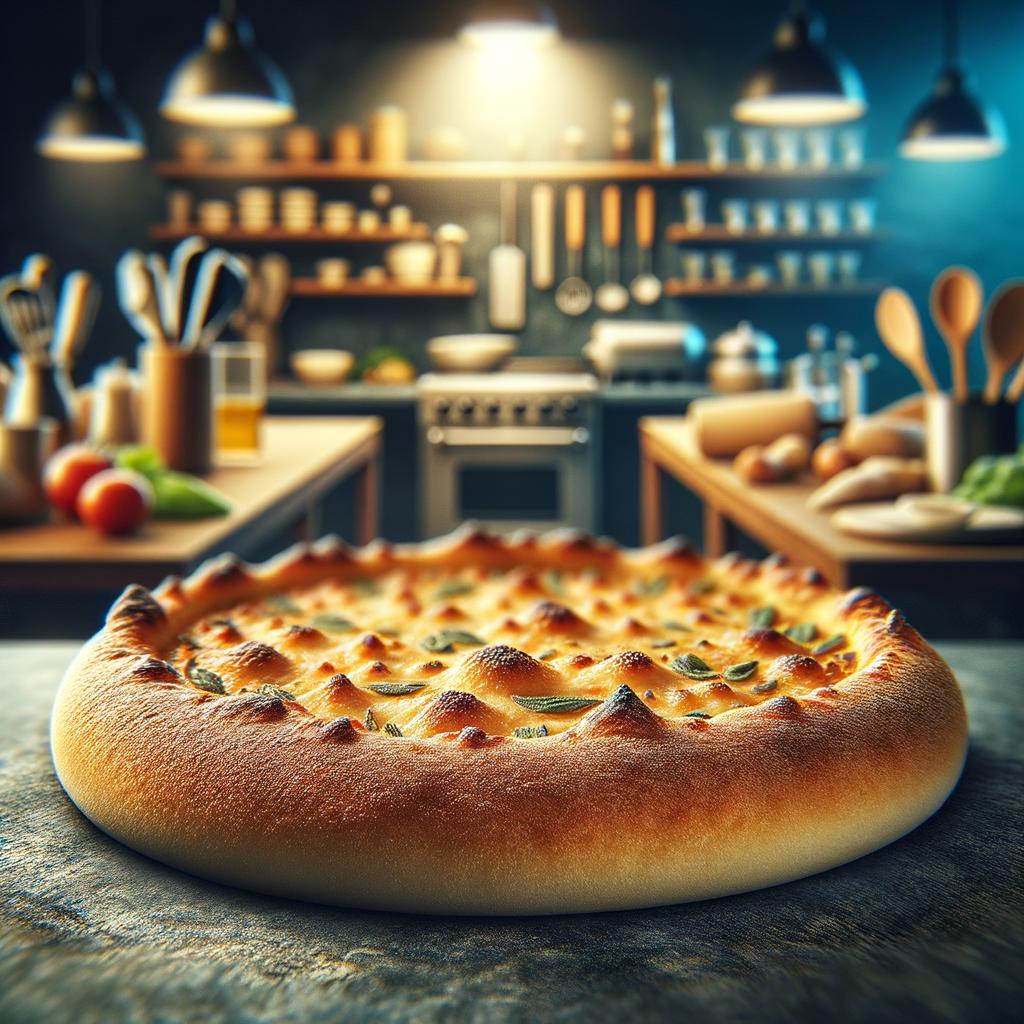Crust, the humble yet indispensable base of many baked goods, is a delight to the senses. It often appears as a golden-hued shell, varying from thin and crisp to thick and flaky, depending on the recipe. Its texture can be a delightful contrast to the filling it encases, providing a crunch that complements the softness within. The flavor profile of crust is usually subtly buttery, with the potential to take on sweet or savory tones depending on the additional ingredients used. What sets crust apart from other baking components is its ability to transform a dish from simple to sublime, providing both structure and taste.
In the culinary world, crust is a versatile player. It is the backbone of pies, tarts, and quiches, and even finds its place in the world of bread, pizzas, and pastries. In sweet dishes, it often contains sugar and sometimes, spices like cinnamon or nutmeg. In savory recipes, it might be laced with herbs or cheese. Beyond the kitchen, crust has a place in cultural traditions, like the American Thanksgiving pie or the French Galette des Rois.
The history of crust is as rich as its flavor. The concept of encasing food in a dough shell dates back to ancient times, with the Greeks being credited for the first pie-like recipes. Initially, these crusts, or 'coffyns' as they were known, were not meant for consumption but served merely as a cooking vessel. Over time, the crust evolved to become an integral part of the dish. In medieval Europe, elaborate 'surprise pies' where live birds would fly out when the pie was cut open, were a part of royal banquets. The humble crust has certainly come a long way since then, now a beloved part of our culinary landscape.
Crust, primarily composed of flour, fat, and water, is a source of carbohydrates and fats. Whole grain crusts add a dose of fiber and additional nutrients. The fat used, often butter or shortening, contributes to the calorie content but also provides some essential fat-soluble vitamins. While crust is not typically lauded for its health benefits, variations made with healthier fats, less refined flours, and even vegetable-based crusts offer more nutritious alternatives. As with all foods, the key is moderation and balance. The magic of crust lies in its ability to make simple ingredients sing, turning an ordinary dish into a celebration.

